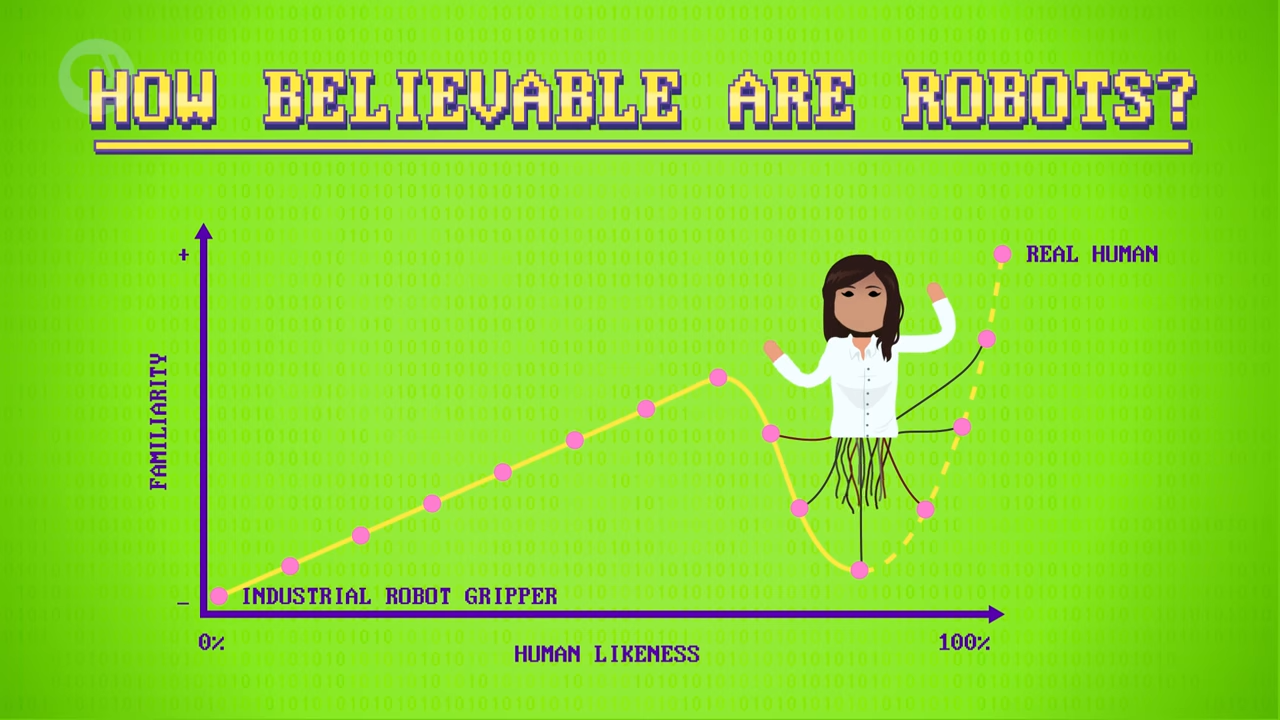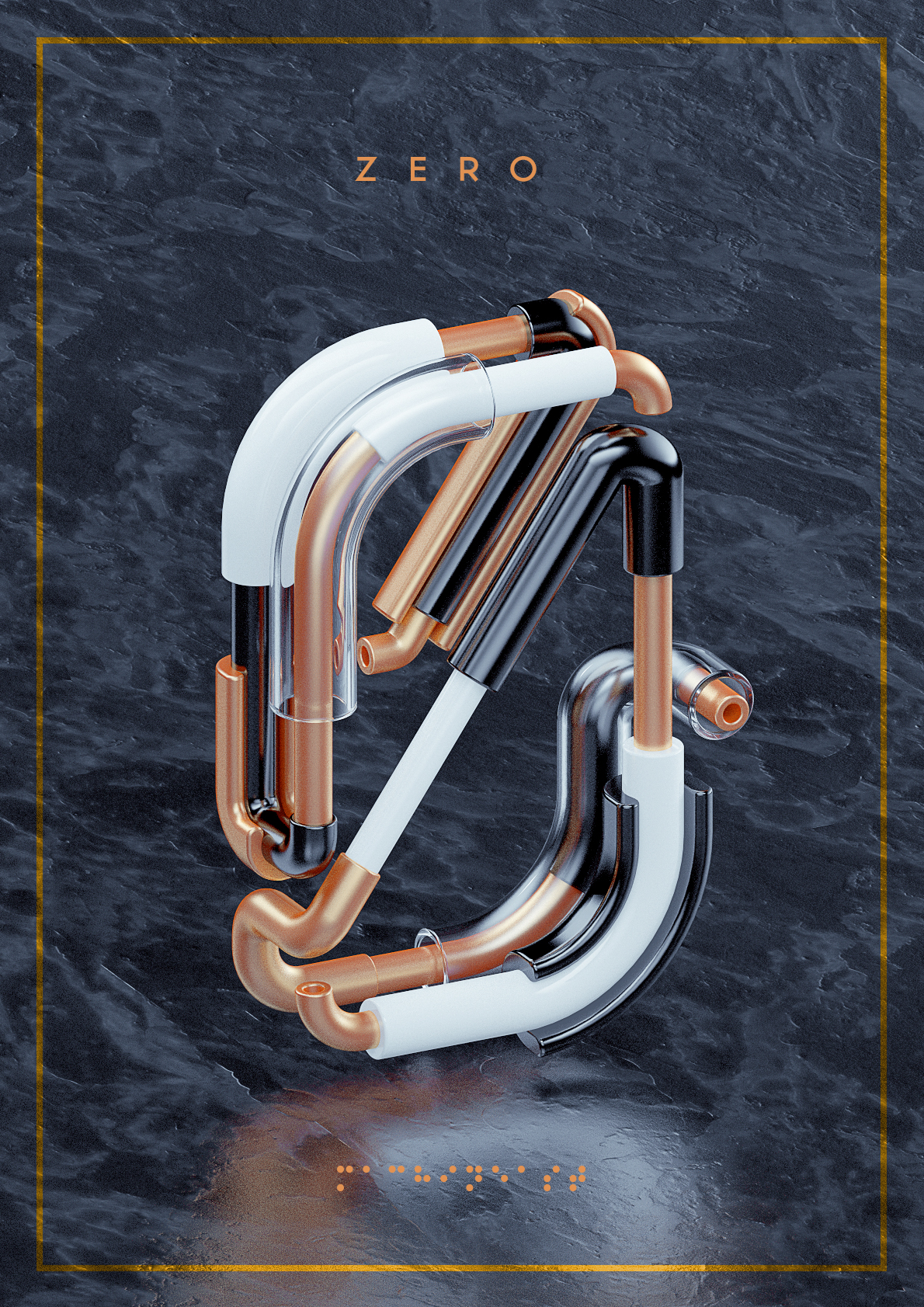When good system designers are creating software, they employ social, cognitive, behavioral, and perceptual psychology principles.
Usability
The degree to which a human-made artifact can be used to achieve an objective effectively and efficiently.
- Understanding human cognition helps us design interfaces that align with how mind works
- Using colors: good at categorizing, bad at displaying continuous data.
- Humans can read, remember and process information more effectively when it's chunked.
- telephone numbers divided into 3 chunks
- drop down menu, menu bars
Affordance - 행동 유도성
Affordances provide strong clues to the operations of things. When affordances are taken advatage of, the user knows what to do just by looking.
- GUI
- knuring - texture added to objects to improve grip and show you where to best grab them
Recognition(multiple choice) vs recall(fill-in-the-black)
- Human memory is much better when it's triggered by a sensory cue, like a word, picture, or sound.
Affect - responding to users' emotional state.
CMC - Computer Mediated Communication
- Augmented gaze
HRI - Human-Robot Interaction
Uncanny Valley
[로봇공학] 불쾌한 골짜기 이론 : 휴머노이드 로봇의 '인간과의 유사도( 횡축)' 와 ' 사람들이 느끼는 호감도/친밀도(종축)' 를 비교해 그래프를 그릴 때 , 약 70%대 구간에서 호감도가 급락하다가 100%에 가까와질 때 다시 급상승하는 '불쾌한 uncanny [ 설명하기 어렵게 기이한] ' 골짜기(valley) 모양의 궤적이 그려진다는 로봇공학자 모리 마사히로의 이론. 어설프게 인간과 흡사한 휴머노이드에 느끼는 사람들의 불쾌감을 반영함.

Vocabulary
- quintessential - 본질적인
- error-prone -
- ineptitude - 기량 부족
- cue - 신호
- cater - 음식을 공급하다.
- chassis - framework that a vehicle is built on
- synthetic - 인조의
- uncanny - 이상한, 묘한
- elicit - 반응을 끌어내다.
- dip - 하락
- potent - 강한
- curate - If an exhibition is curated by someone, they organize it.
